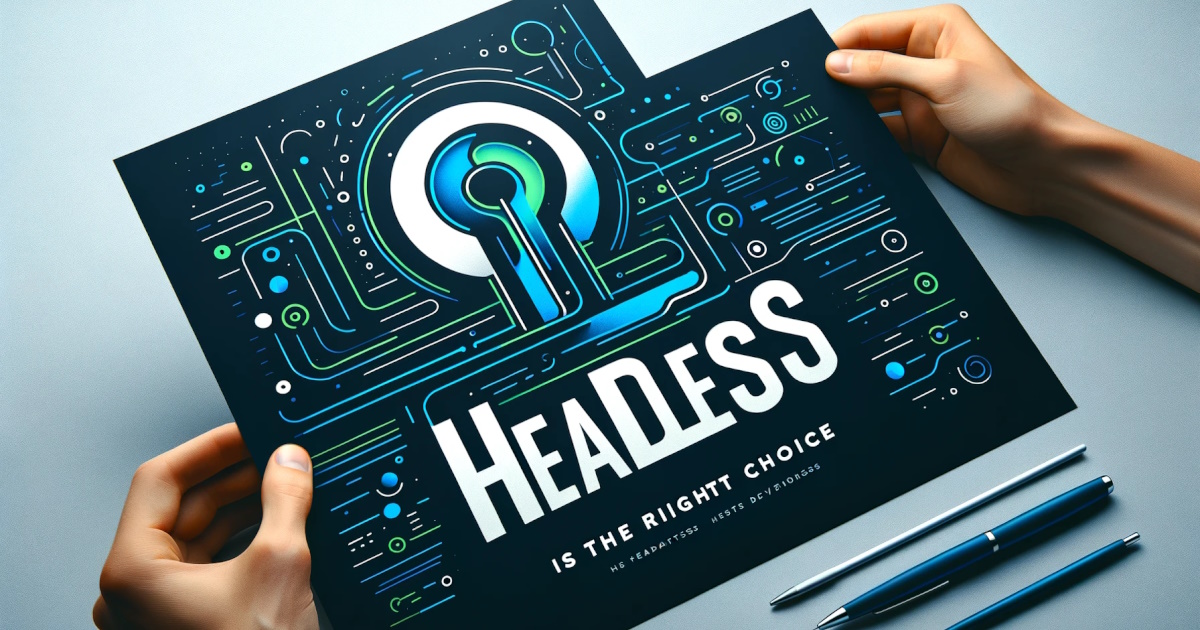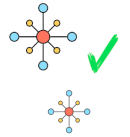
The Business Case for Using a Headless Architecture with a Content Management System
In the fast-evolving digital landscape, businesses are continually seeking innovative ways to manage and deliver content effectively. One such innovation is the adoption of headless architecture in content management systems (CMS). A headless CMS decouples the front-end presentation layer from the back-end content repository, allowing for more flexibility and scalability. This article explores the business case for using a headless architecture with a CMS, highlighting its key benefits and practical applications.
1. Enhanced Flexibility and Customization
A headless CMS provides developers with the freedom to choose the best tools and frameworks for the front end. This flexibility allows businesses to create tailored user experiences without being constrained by the limitations of a traditional CMS. For instance, content can be delivered to various platforms such as websites, mobile apps, and IoT devices seamlessly.
2. Improved Scalability
As businesses grow, so does the volume of content they manage. A headless CMS is designed to handle this growth efficiently. Its decoupled nature means that the back-end can scale independently from the front-end, ensuring that performance remains optimal even as traffic and content volume increase.
3. Future-Proof Content Delivery
In a headless CMS, content is stored in a central repository and delivered via APIs to any front-end. This approach ensures that content can be easily repurposed and delivered to new platforms and devices as they emerge. This future-proofs the content strategy, making it easier for businesses to adapt to changing technological trends.
4. Streamlined Development Process
Developers working with a headless CMS can work independently on the front-end and back-end, leading to faster development cycles. This separation of concerns allows teams to deploy updates and new features more quickly, enhancing the overall agility of the business.
5. Omnichannel Content Delivery
A headless CMS is ideal for businesses that need to deliver content across multiple channels. For example, an e-commerce company can use a headless CMS to provide a consistent shopping experience on its website, mobile app, and in-store displays. The API-driven approach ensures that content is consistent and up-to-date across all touchpoints.
6. Enhanced Personalization
Personalization is crucial for engaging customers and improving conversion rates. A headless CMS enables businesses to deliver personalized content based on user behavior and preferences. By leveraging data from various sources, companies can create dynamic content experiences that resonate with individual users.
7. Faster Time-to-Market
In today’s competitive landscape, speed is essential. A headless CMS allows businesses to bring new features and updates to market more quickly. This agility is particularly beneficial for startups and companies in fast-moving industries, where the ability to innovate rapidly can be a significant competitive advantage.
Conclusion
The adoption of headless architecture in content management systems offers numerous benefits, including enhanced flexibility, scalability, and future-proofing. By decoupling the front-end and back-end, businesses can deliver consistent and personalized content across multiple channels, streamline their development processes, and stay ahead of the competition. For companies looking to innovate and grow in the digital age, a headless CMS is a compelling choice that can drive significant business value.


